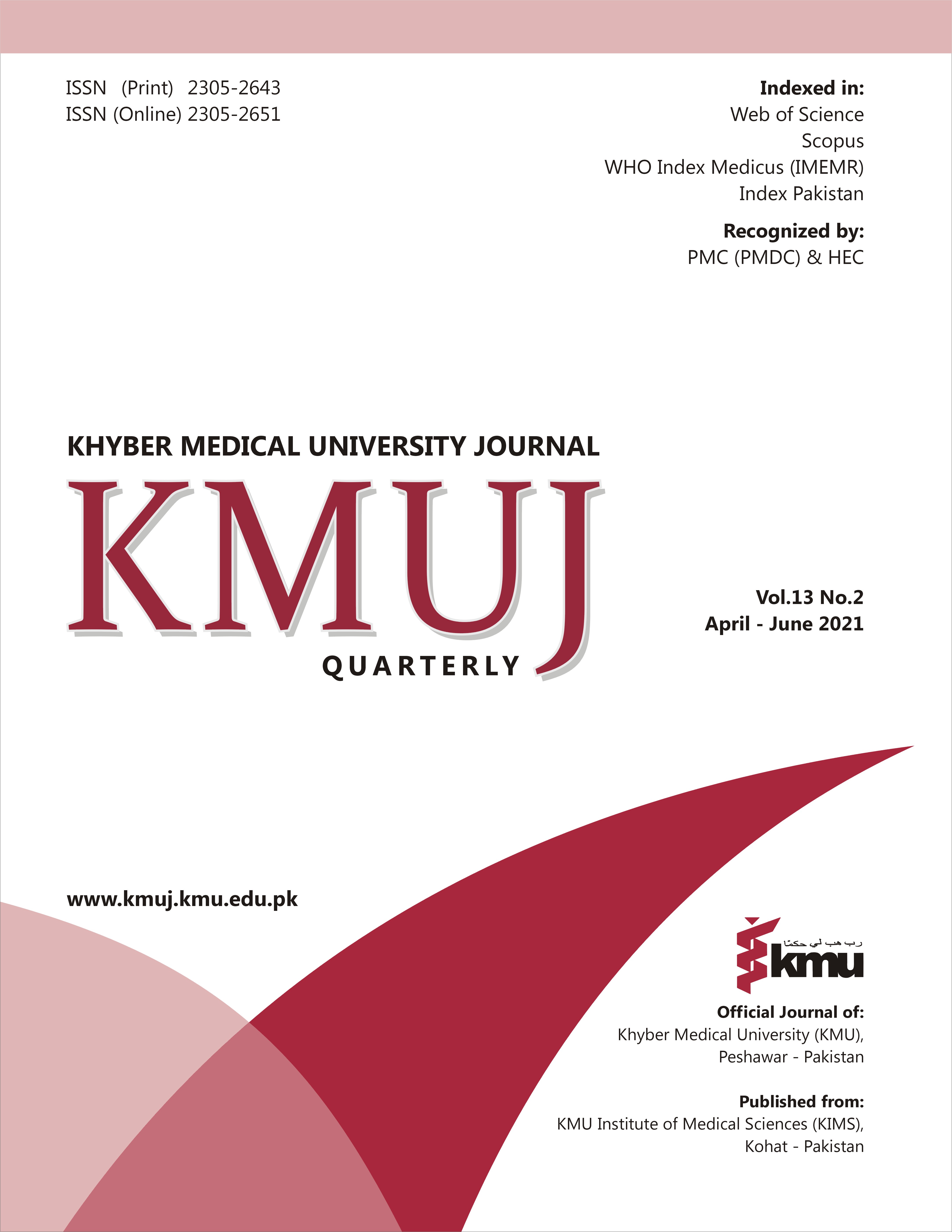UTERINE INVERSION DURING CESAREAN SECTION: A RARE PRESENTATION
Main Article Content
Abstract
INTRODUCTION: Uterine inversion is the collapse of uterine fundus into the endometrial cavity resulting in turning the uterus partially or completely inside out. Uterine inversion during cesarean section is an extremely rare obstetric complication and the exact incidence is not known.
CASE DESCRIPTION: We report complete inversion of uterus in 38-year-old female, Gravida 2 Para 1+0, 38+0 weeks gestational age, admitted for elective lower segment cesarean section due to previous 1 scar. Delivery of the baby was uneventful. Complete inversion of uterus through uterine incision was noticed immediately after detachment of placenta. Oxytocin infusion was discontinued immediately, and uterine inversion was reversed manually by exteriorizing uterus and then making a fist and applying force on the fundus. Uterus was closed back in two layers, but it remained relaxed despite, massaging, oxytocin and sublingual misoprostol; therefore, modified B-lynch sutures were applied. This helped the patient to be prevented from any further complications. She was discharged as planned and was stable on follow up visits.
CONCLUSION: Uterine inversion was promptly identified and corrected without any major complications.
Article Details
Work published in KMUJ is licensed under a
Creative Commons Attribution 4.0 License
Authors are permitted and encouraged to post their work online (e.g., in institutional repositories or on their website) prior to and during the submission process, as it can lead to productive exchanges, as well as earlier and greater citation of published work.
(e.g., in institutional repositories or on their website) prior to and during the submission process, as it can lead to productive exchanges, as well as earlier and greater citation of published work.
References
Atalay MA, Demir BÇ, Solak N, Atalay FO, Küçükkömürcü Ş. An unusual presentation of a submucous leiomyoma accounting to a non-puerperal uterine inversion: A case report. J Turk Ger Gynecol Assoc 2013;14(2):116-8. https://doi.org/10.5152/jtgga.2013.55631.
Rahaoui M, Zizi H, Mamouni N, Errarhay S, Bouchikhi C, Banani A. Managing major postpartum haemorrhage following acute uterine inversion: a case report and literature review. Sch Int J Obstet Gynec 2020; 3(3): 110-3. https://doi.org/10.36348/sijog.2020.v03i03.010.
Eddaoudi C, Grohs MA, Filali A. Uterine inversion: about a case. Pan Afr Med J 2018; 29:99. https://doi.org/10.11604/pamj.2018.29.99.13644.
Aruna N, Shobha S, Vijaylakshmi G, Neelamma P. Uterine Inversion During Cesarean Section: A Rare Case. J Evol Med Dental Sci 2014;3(21): 5771-4.
Baskett TF. Acute uterine inversion: a review of 40 cases. J Obstet Gynaecol Can 2002; 24(12):953-6. https://doi.org/10.1016/S1701-2163(16)30594-1.
Michalska M, Bojar I, Borycki J, Bogdan Z, Brandl S, Kołaciński R, et al. Postnatal inversion of the uterus – management in specific cases. Ann Agric Environ Med 2020;27(4):717-20.https://doi.org/10.26444/aaem/130512.
Raj A, Roy KK, Zangmo R, Yadav A, Noor N, Saha S, et al. Uterine inversion during caesarean section: a case report. Int J Reprod Contracept Obstet Gynecol 2020;9(11):4744-6. https://doi.org/10.18203/2320-1770.ijrcog20204848.
Chatzistamatiou K, Daniilidis A, Chatzis P, Vrachnis N, Loufopoulos PD, Tzafettas M, et al. Uterine inversion after controlled cord traction during caesarean section: a case report, Clin Exp Obstet Gynecol 2014;41(4):476-7.
